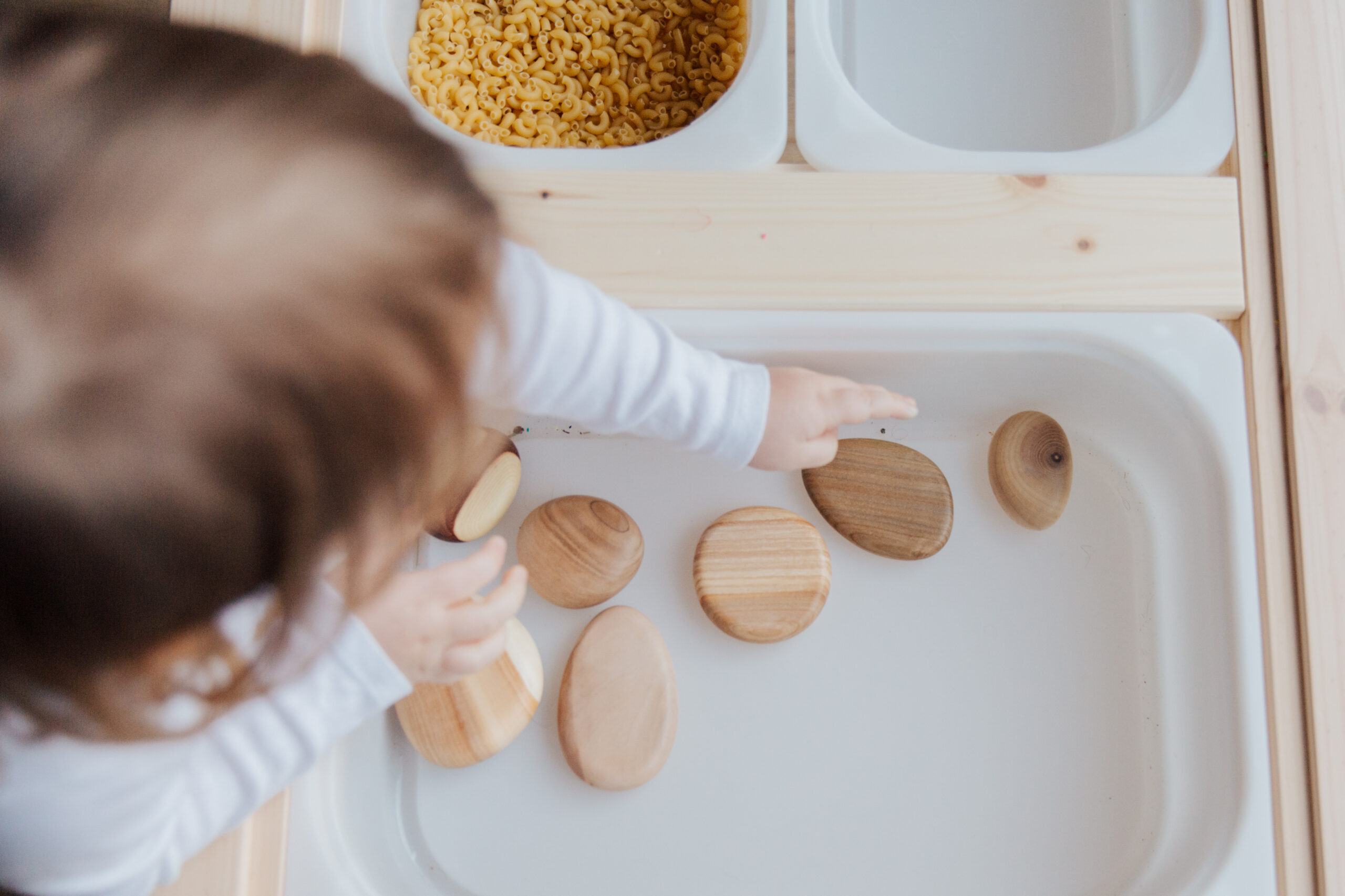A Comprehensive Guide to Playdough Fine Motor Skill Development for Young Children
Hello, delightful parents! Welcoming you to an enchanting world of exploration, creativity, and thrilling development – the fascinating world of playdough. But wait! This isn’t just about fun, it’s also about the advancement of your little one’s fine motor skills. Yes, you read that right! Playing with playdough is like a fun exercise session for those tiny hands, and it’s more beneficial than you might think! Let’s dive deep into this colorful and productive journey together.
The Magic of Playdough – Is it Just a Toy?
Let us start by addressing the elephant in the room – playdough. We all love it because it captivates our children, allowing us a few precious moments of tranquility. But beneath its captivating allure, playdough is a powerhouse for nurturing fine motor skills in children.
What are Fine Motor Skills?
Seeing your child hold a spoon, wave you goodbye, or button their shirt might seem like simple daily activities, but these are perfect examples of fine motor skills. In essence, these skills involve the coordination of small muscle movements usually involving the synchronisation of hands and fingers with the eyes. The development of these skills is crucial for your child’s ability to engage in everyday activities and excel in school tasks particularly in writing and artwork.
Unveiling the Connection Between Playdough and Fine Motor Skills
Now, let’s unravel why and how playdough serves as a fantastic tool for fine motor development. When a child squishes, rolls, flattens, shapes, cuts, and molds the playdough, they are performing the same types of movements they will later use for writing, drawing, and daily self-care tasks. So, those delightful moments your child spends molding and creating with playdough, are actually their developmental leaps in disguise!
Activities and Tips to Improve Fine Motor Skills Using Playdough
Squishing and Squashing
Allow your little one to squish, squash, and squeeze the playdough repeatedly. The resistance will strengthen their hand muscles and enhance their grip strength, crucial for writing and holding utensils.
Stay tuned for more intriguing activities to stimulate your child’s fine motor skills. This guide is just the beginning of our journey. Let’s keep exploring, understanding and enjoying the wonderful world of play!

Credit: Pexels
Rolling and Shaping
Hand them a rolling pin and let the little hands go on a rolling rampage. Rolling helps develop their hand-eye coordination and is a brilliant pre-writing activity. Guide them to create shapes, which is not only a fun game but a wonderful way to enhance their fine motor skills.
Chopping and Cutting
Provide child-safe tools such as plastic knives or playdough scissors and teach them to be little chefs with playdough. The act of chopping and cutting enhances hand control and grip strength.
Boosting Learning with Playdough
Incorporating Letters and Numbers
Use playdough to enhance their learning experience. Help them create numbers and letters out of playdough, this can improve hand strength while ingraining essential knowledge in fun interactive ways.
Colour and Shape Recognition
A variety of colorful playdough can act as an exciting tool for teaching color recognition, while shaping and creating different figures can help enhance shape understanding.
Tips for Parents
Safety First!
Always supervise your children while they play with playdough. Ensure the use of child-friendly tools to prevent any chance of injury.
Learning through Guided Play
While it’s essential to let your kiddos freely explore their creativity, a little bit of guided play can enhance the learning experience and speed up the development of fine motor skills.
Now that you’re equipped with all the know-how of channeling playdough play towards fine motor skill development, it’s time to roll up those sleeves and get your hands into some dough. Remember, it’s not just about the skills, it’s about the bond, the interaction, and the joy of creation. Trust us, your nurturing hands guiding their tiny hands, that’s where the true magic lies! Happy playdough time, lovely parents!
Five Essential Things Parents Should Know About Preparing for Playdough Fine Motor Skills
Preparing for playdough fine motor skills is essential for children’s development. Here are five things parents should know:
1. Understand the Importance of Fine Motor Skills Development
Playdough activities help to strengthen a child’s small hand muscles and improve their fine motor skills, preparing them for tasks like writing, buttoning, or using scissors.
2. Make Sure Playdough is Safe and Non-Toxic
Whether you’re buying a store-brand or making homemade playdough, ensure that all ingredients are non-toxic. This will ensure your child’s safety as they explore and engage in tactile play.
3. Incorporate Various Tools and Accessories
Include tools such as rolling pins, cookie cutters, and stamps to enhance your child’s creative play. This not only makes play more engaging, but also challenges their fine motor skills by promoting different grasping techniques and hand-eye coordination.
4. Turn Playdough Time into Learning Time
Playdough time can be more than just fun. Use this activity to introduce new concepts such as shapes, colors, numbers, and letters. During play, ask questions related to these concepts to facilitate learning in a fun, relaxed environment.
5. Encourage Creativity and Imagination
Playdough activities offer the chance for children to express their creativity and imagination. Encourage this by asking open-ended questions, praising their creations, and offering suggestions for new things to create. This positive reinforcement boosts their confidence and boosts their love for learning.
Remember, playdough fine motor activities are not only developmental aids but provide an enjoyable bonding experience between parents and their children. By keeping these five points in mind, parents can undoubtedly make the most of this fun learning tool.
For more great articles please see here. For more information on raising children see here
Disclaimer
The articles available via our website provide general information only and we strongly urge readers to exercise caution and conduct their own thorough research and fact-checking. The information presented should not be taken as absolute truth, and, to the maximum extent permitted by law, we will not be held liable for any inaccuracies or errors in the content. It is essential for individuals to independently verify and validate the information before making any decisions or taking any actions based on the articles.




